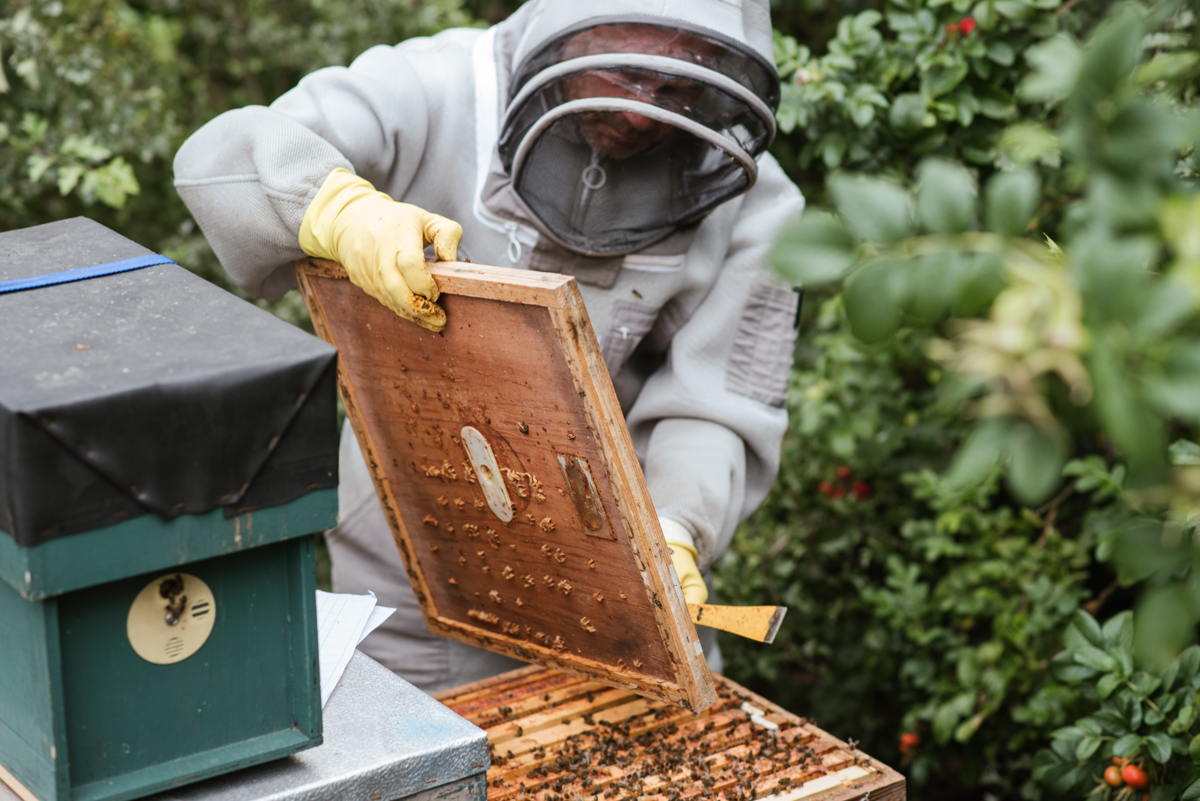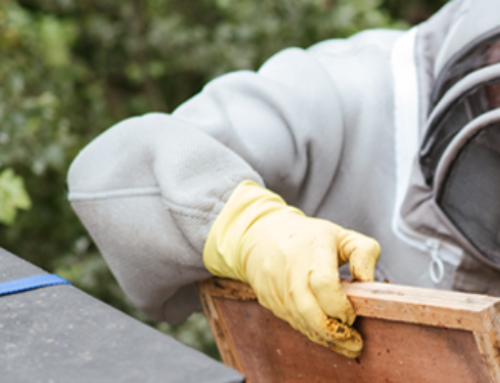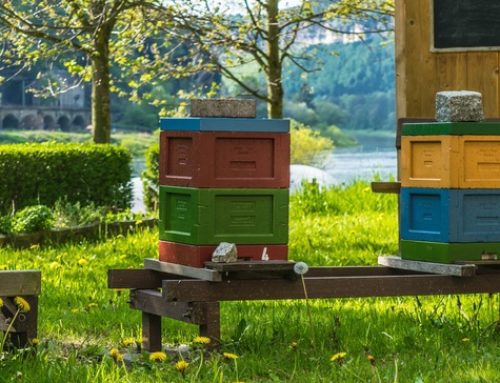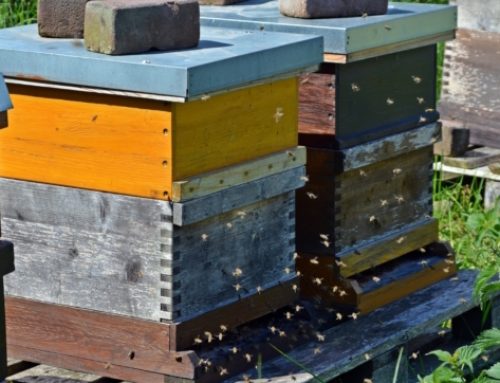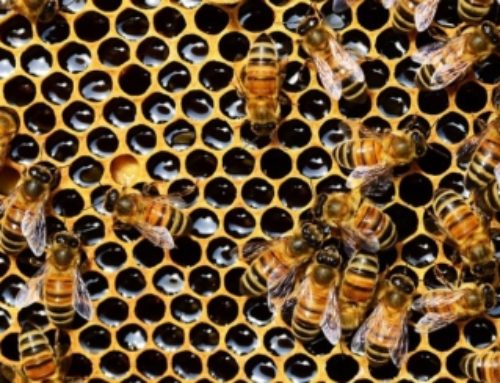Honey Production: Most beekeepers start off with just a few colonies to study bee behaviour and obtain a small amount of honey to sell. Anybody intending to be a beekeeper should firstly become familiar with honeybees, after all, the honeybee, whilst a fascinating creature, is an unusual insect to keep and it is much more difficult than you may first think!
Bear in mind: keeping bees is a form of livestock management. They require looking after and even with a few colonies, weekly inspections are needed. It can be quite demanding and heavy work at times.
Benefits of beekeeping
During recent years, there has been a growing awareness of the important service bees and other beneficial insects give through pollinating many agricultural and horticultural crops as well as wild flora. The value of honeybees as a pollinator far outweighs their value as honey producers and the UK’s crop pollination industry has an estimated value that is greater than £400 million every year.
How to get started
There are different strains of the honeybee, Apis mellifera. Many in Britain are black or dark brown; others have yellow bands on their abdomens. Some bees are very easy to control, while others are virtually uncontrollable, especially in the hands of a beginner.
It is very important to source bees of a docile temperament.
Getting started beekeeping requires you two things: acquire bees and have someplace for those bees to live. There are many ways of accomplishing both. Below I describe three methods I’ve used to acquire new bees. Next month I’ll describe the equipment I use to house and care for them.
How to get bees
You can buy bees, catch swarms, or lure swarms to your hives. Suppliers sell the bees in nucs or packages. A nuc is a five-frame hive. A package is a screened box of loose bees with a caged queen.
Catching swarms
Catching swarms is another method for acquiring bees. You can get on your area’s “swarm list” through your local beekeeping club. You can also let your local emergency management know you are available to remove swarms. Swarms generally consist of an older queen and several hundred worker bees. It can be difficult to keep a swarm if you only have brand-new equipment. If possible, include a frame of honey in the box to entice them to stay.
Purchasing bees
Purchasing bees is the quickest and most reliable way to get bees when you are starting out. You can order them from a supplier or buy them from a fellow backyard beekeeper. Suppliers sell the bees in nucs or packages. A nuc is a five-frame hive. A package is a screened box of loose bees with a caged queen.
Luring bees
Luring bees to your new beehive can be very difficult. If you have some old beekeeping equipment, roving scout bees are more likely to find it and convince their sisters to choose that site as their new home. If all you have is fresh new equipment, you might try adding a few drops of lemongrass essential oil (EO) in the box and on a frame or two (be stingy – a little goes a long way). Bees are quite attracted to the aroma. I have successfully lured swarms into hives using lemongrass EO.
Apiaries
Apiaries should be sheltered; dry and sunny and frost pockets should be avoided. Some areas, although providing food for a few colonies, are incapable of supporting large numbers throughout a whole season.
Beehives
A beehive can be described as any cavity which houses a colony of honeybees, e.g. hollow trees, holes in rocks, wooden boxes or in the traditional straw skep. Honeybees should really only be kept in movable frame hives; it makes management much more straightforward, and they can be regularly checked for pests and diseases.
Protective clothing and equipment
Bees can sting; this is something that you must consider before beginning beekeeping. You must be able to withstand bee stings since they cannot be avoided altogether.
Unfortunately, a few people are potentially allergic to bee stings. Such persons, instead of developing immunity, become severely allergic after a few stings.
When handling bees, the following protective clothing and equipment are required: (to minimise the number of stings) a bee suit, or at the very minimum, a veil, that will fully protect the head and face, suitable beekeeping gloves such as disposable latex gloves which provide protection but also can be either cleaned easily or disposed of, wellington boots or, working boots with protective toe caps.
Stockists
- ABeeC
- Abelo Beekeeping Equipment
- BB Wear
- Bee Equipment Ltd
- Bee Hive Supplies
- Bee Proof Suits
- Beckys Bees
- Wynne Jones Bee Supplies
- Maisemore Apiaries
- National Bee Supplies
Informative Website:
- Beementor
- Live and Let Bee
- Native Beehives

